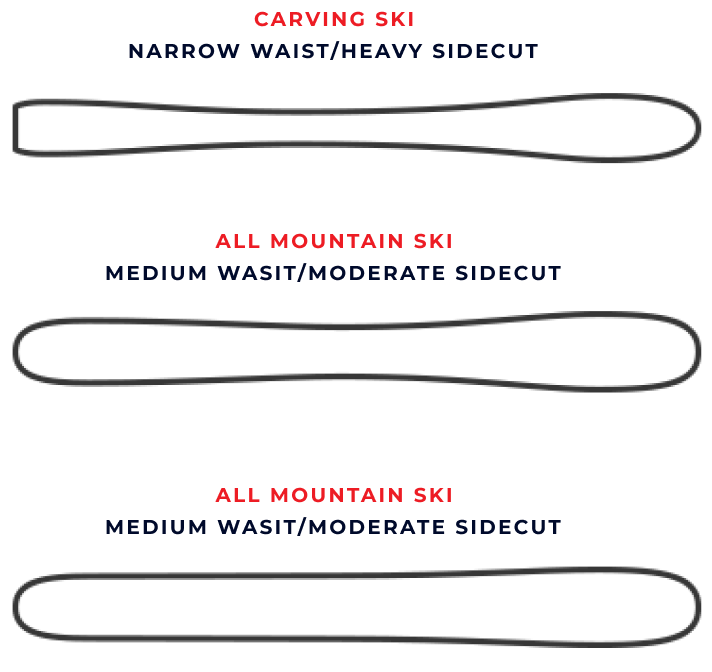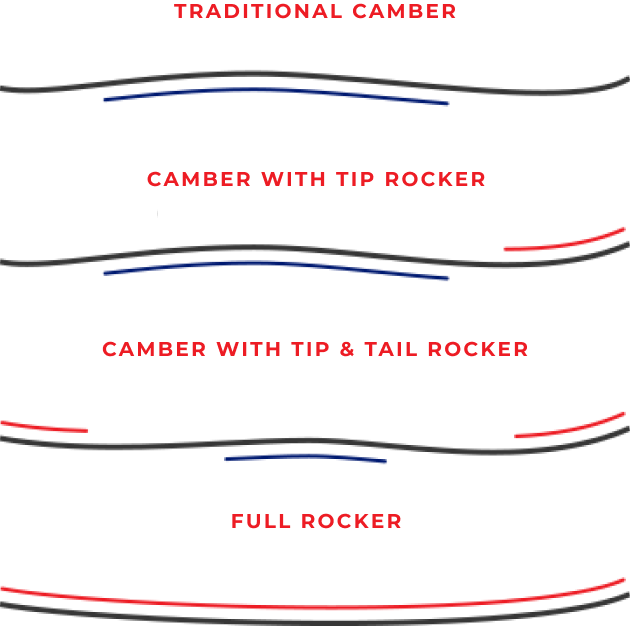Shipping
Orders are dispatched within 48 hours (midweek) if the product is in stock (providing all credit card information is validated). Orders made at weekends or public holidays will be processed the following working day. If an item is out of stock at the time of order Snowride Sports will contact the customer offering the following solutions:
-
Help find alternative item
-
Back order the item and ship products at a later date
-
Contact customer when item arrives back in stock
-
Refund any payments made
PICK UP IN STORE OPTION-Free
Want to come collect your order from our store in Christchurch Great! We will email you when your order is ready to collect. This can take from 1-3 business days depending on what it is.
Tracking
Following purchase, customers will be sent a unique tracking code which can be used to track the delivery progress of purchased item(s).
Skis will be shipped mounted if the ski boot info has been filled out at the cart section before checkout
Shipping Fee Shipping fees are calculated on weight and size
Shipping to Nz
North Island Medium 3.1kg–8.9kg
$20.00 NZD
North Island Small 0kg–3kg
$11.00 NZD
North Island XL 9kg and up
$50.00 NZD
South Island Nz
South Island Large 5kg–9.9kg
$12.00 NZD
South Island Medium 2.6kg–4.9kg
$11.00 NZD
South Island Small 0kg–2.5kg
$9.00 NZD
South Island XL 10kg and up
$30.00 NZD
We currently do not ship outside New Zealand.
Delivery
Most deliveries require a signature on arrival. Please let us know of any specific delivery requirements when making your purchase.
Pre Orders
We offer ‘Pre-orders’ on all 2026 Skis from February of each year through to 30th April. The ‘Pre-order’ system gives you a chance to secure the new season products as well as receive a discount off full retail price. The discount percentage may vary on each product. ‘Pre-orders’ will be shipped as soon as the product arrives in stock (this is usually middle of May). From time to time a product line may be cancelled and not delivered from the New Zealand importer, in this case a best match alternative will be offered or a full refund on the product which has been cancelled.




